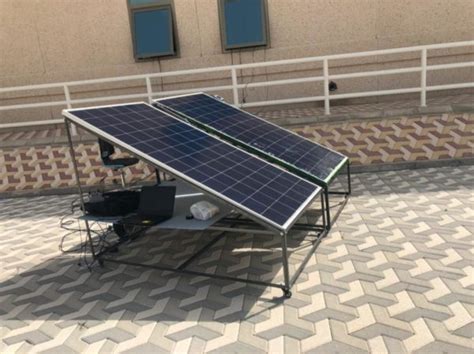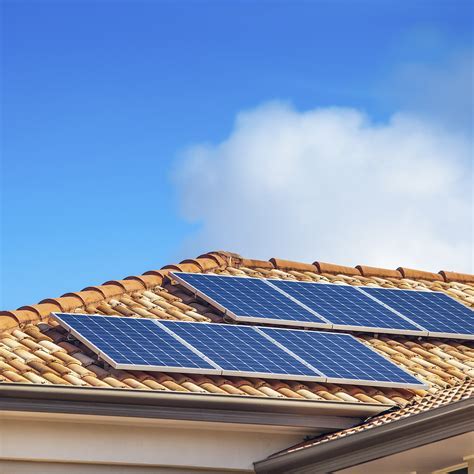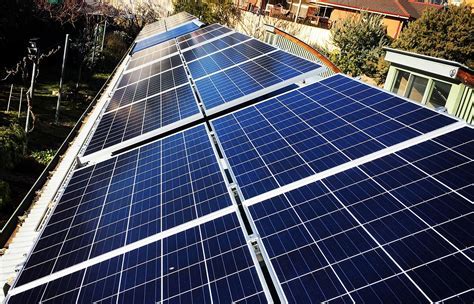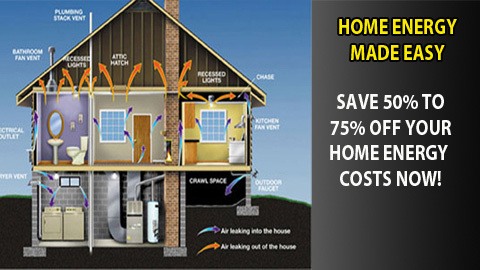
Hey there, folks! As a solar cooling consultant with years of experience under my belt, I’m excited to share some insights on this innovative technology.
With the increasing demand for energy-efficient and sustainable solutions in our homes and businesses, solar cooling has emerged as an excellent option that harnesses the power of the sun to cool buildings.
Solar cooling is a system that combines renewable energy from the sun with smart engineering technology to provide air conditioning without relying on fossil fuels or grid electricity.
The process involves converting sunlight into thermal energy which then drives an absorption chiller unit to produce cool air. This not only reduces carbon emissions but also cuts down on utility bills significantly while providing high-quality indoor comfort.
In this article, we’ll dive deeper into how solar cooling works, its benefits, and what you need to know before installing it in your home or business space.
So let’s get started!
How Solar Cooling Works
Solar cooling is an innovative technology that harnesses the power of the sun to provide energy-efficient and environmentally friendly cooling solutions.
The process works by converting solar heat into usable energy, which is then used to power absorption chillers or desiccant systems.
One of the key components in a solar cooling system is a solar collector, which absorbs sunlight and converts it into thermal energy.
This energy can be stored in a thermal buffer tank for later use or directly transferred to the absorption chiller or desiccant system.
By utilizing this renewable source of energy, solar cooling reduces reliance on traditional grid electricity and lowers carbon emissions.
Benefits Of Solar Cooling

As we have seen in the previous section, solar cooling systems harness the power of the sun to provide air conditioning and refrigeration. But it’s not just about staying cool on a hot day – solar cooling has numerous benefits that go beyond comfort.
Firstly, solar cooling is environmentally friendly as it reduces reliance on fossil fuels and minimizes carbon emissions. This makes it an ideal choice for individuals and organizations looking to reduce their carbon footprint and contribute towards a sustainable future.
Secondly, solar cooling can save you money in the long run by reducing energy bills and operating costs. And finally, solar cooling systems are low maintenance and have a longer lifespan than traditional AC units, making them a cost-effective investment.
- Solar cooling systems require minimal upkeep compared to conventional HVAC systems
- This means lower maintenance costs over time
- Additionally, fewer moving parts mean less wear-and-tear on equipment
Solar cooling often leads to increased property value. As sustainability becomes more important for buyers, having renewable energy features such as solar cooling could make your property stand out. Potential buyers may also be attracted to lower energy bills associated with solar-powered homes.
The installation process for solar cooling is straightforward. Most reputable companies will handle all aspects of installation so homeowners don’t need to worry about complicated procedures or permits.
Overall, there are many compelling reasons to consider installing a solar cooling system in your home or business. However, before taking any steps towards implementation, there are some key considerations to keep in mind that can help ensure success.
Considerations For Installing Solar Cooling
When considering installing solar cooling in your home or commercial building, there are several important factors to take into account.
First and foremost, it is crucial to properly assess the needs of your space and determine if solar cooling is a feasible option. Factors such as geographic location, available sunlight, and building orientation can all impact the effectiveness of a solar cooling system.
In addition to these practical considerations, it is also important to work with experienced professionals who have knowledge of both solar technology and HVAC systems. This will ensure that your solar cooling system is designed and installed correctly for maximum efficiency and performance.
With proper planning and installation, solar cooling can be an effective and sustainable way to keep your space cool while reducing energy costs.
As we have seen, solar cooling offers many benefits over traditional cooling systems. However, it’s important to understand how these two options compare so you can make an informed decision about which one is right for you.
In the next section, we’ll explore some of the key differences between traditional AC units and solar-powered air conditioning systems.
Solar Cooling Vs. Traditional Cooling Systems

Solar cooling is a sustainable and efficient alternative to traditional cooling systems. While conventional air conditioning units consume large amounts of electricity, solar-powered coolers operate using renewable energy from the sun. Not only does this reduce your carbon footprint, but it can also save you money on your monthly utility bills.
One major advantage of solar cooling systems is their versatility. They can be used in residential homes, commercial buildings, and even vehicles. Additionally, they require less maintenance than traditional AC units and have a longer lifespan.
With advancements in technology, solar cooling systems are becoming more affordable and accessible for consumers who want to make a positive impact on the environment while staying comfortable during hot summer months.
Advantages of Solar Cooling:
- Lower energy consumption
- Reduced carbon emissions
Disadvantages of Traditional Cooling Systems:
- High energy consumption
- Environmental impact
Conclusion
So, there you have it! Solar cooling is not only an eco-friendly way of keeping your home cool but also a cost-effective one. With the right installation and maintenance, solar cooling systems can last for years while saving you money on electricity bills.
As a solar cooling expert, I strongly recommend considering this technology if you’re looking to upgrade or replace your traditional air conditioning system.
Not only will you be doing your bit for the environment, but you’ll also be investing in a long-term solution that pays off in more ways than one.
Believe me when I say that once you’ve experienced the comfort and efficiency of solar cooling, there’s no going back to conventional methods.
So why wait? Join the millions of homeowners who are already reaping the benefits of this amazing innovation and take the first step towards a cooler, greener future today!

